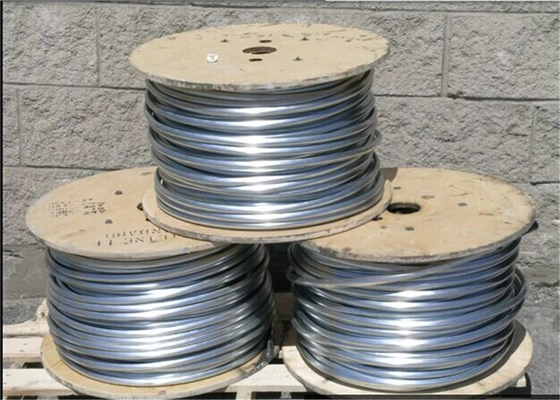Researchers are suggesting a potential solution to optimizing zinc anodes, components crucial for renewable energy sources, which could boost battery efficiency and reduce society’s dependence on fossil fuels. By exploring various configurations of zinc anodes, costs can be minimized, side reactions mitigated, and safety improved for rechargeable zinc metal batteries (RZMB). In a study published in Energy Materials and Devices, the importance of reconfiguring zinc anodes to adapt to changing technology and enhance traditional energy storage methods is underscored.
Rechargeable zinc metal batteries (RZMBs) hold promise for energy storage across wearable and conventional technologies. However, the conventional zinc foil anode falls short in flexibility and suitability for wearable tech prevalent in today’s society. Hence, adapting RZMBs to support emerging technologies and refining traditional battery storage methods becomes imperative.
Author and researcher of the study, Guozhao Fang, highlights the need for diversified electrode materials to meet practical application requirements in the evolving landscape of RZMBs.
While zinc anodes offer a viable solution, challenges persist due to side reactions such as dendrite formation, leading to battery shortages, corrosion, and reduced longevity. Reviewing different zinc anode configurations aims to address these issues while ensuring cost-effectiveness. The proposed configurations, including 3D Zn anodes, 3D printed Zn anodes, imprinted Zn anodes, printed Zn anodes, and linear Zn anodes, present innovative approaches to enhancing battery performance.
The 3D Zn anode minimizes dendrite formation by providing a larger surface area for ion diffusion, while 3D printing offers a cost-effective means of production with precision. Imprinted Zn anodes prevent zinc ion aggregation through conductivity gradients and hydrophilicity, reducing ion deposition. Printed and linear anodes cater to flexible and wearable technologies, with linear anodes adopting zinc fiber-like structures and printed anodes featuring engraved patterns on self-adhesive paper substrates suitable for various surfaces.
Optimizing new configuration anodes plays a crucial role in enhancing RZMB performance by boosting energy density, extending cycle life, and improving power density. This optimization fosters the commercialization of advanced RZMBs, ensuring their viability across multiple technologies.
Efforts to optimize zinc anode designs should include exploration of electrolyte compatibility for enhanced safety and chemical stability. Substrates must exhibit stability to withstand zinc stripping and electroplating, resist corrosion, and facilitate uniform Zn ion deposition. Additionally, research into electrolytes suitable for different zinc anode configurations can enhance ionic transport rates and overall battery functionality.
By refining zinc anode configurations and electrolytes, advancements in battery performance, energy efficiency, and technology integration can be achieved, promoting sustainable energy storage solutions for diverse applications.
*Note:
1. Source: Coherent Market Insights, Public sources, Desk research
2. We have leveraged AI tools to mine information and compile it.




